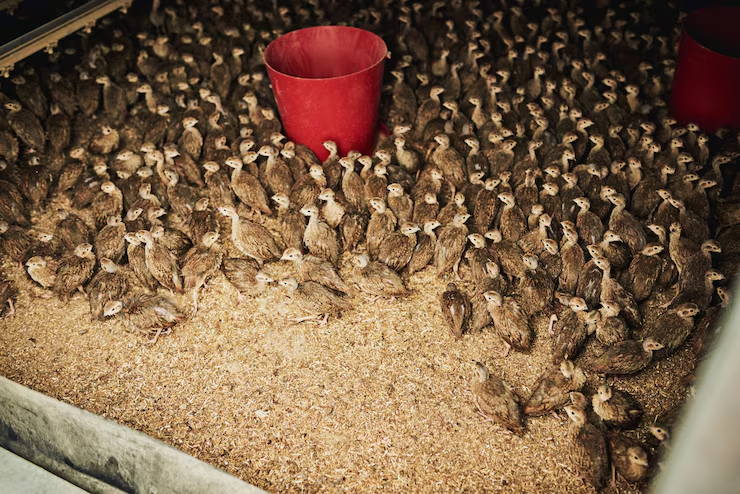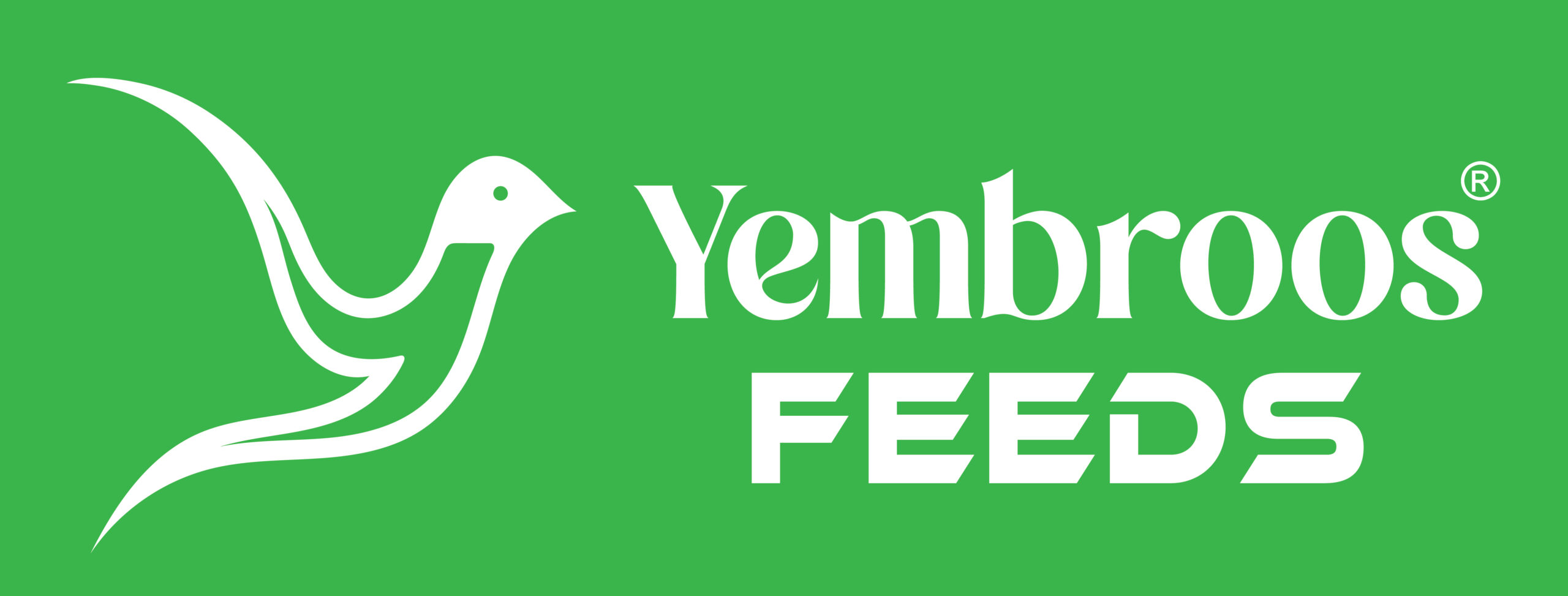
Yembroos Animal Feeds India Private Limited is a leading Quail Feed Manufacturer, Quail Feed Exporter, Quail Feed Supplier, Quail Feed Distributor, Quail Feed Vendor, Quail Feed Company and Quail Feed Producer located in Thrissur District of Kerala. Our widest and high precision product range defines us renowned Quail Feed Manufacturers, Quail Feed Exporters, Quail Feed Suppliers, Quail Feed Distributors, Quail Feed Vendors, Quail Feed Companies and Quail Feed Producers of India.
We offer wide range of Quail Feed Nutrition Solution for Quail Farms, wherein there is no need for additional input of Quail Supplements in the form of Quail Feed Supplement, Quail Feed Additives or Feed Supplements. In the Quail feed segment we produce Quail Pre Starter Feed, Quail Starter Feed, Quail Grower Feed, Quail Finisher Feed, Quail Breeder Feed, Quail Fattener Feed, Quail Farm Feed, Quail Farming Feed, Organic Quail Feed, Quail Parent Stock Feed, Quail Hatchery Feed, Quail Feed Supplements, Commercial Quail Farm Feed, with wide range of Quail feeds with advance Quail Nutrition and Quail Supplementation.
In India Yembroos Animal Feeds India Private Limited is a leading Broiler Quail Feed Manufacturer, Broiler Quail Feed Exporter, Broiler Quail Feed Supplier, Broiler Quail Feed Distributor, Broiler Quail Feed Vendor, Broiler Quail Feed Company and Broiler Quail Feed Producer with a top notch corporate image of being the most professional Broiler Quail Feed Manufacturers, Broiler Quail Feed Exporters, Broiler Quail Feed Suppliers, Broiler Quail Feed Distributors, Broiler Quail Feed Vendors, Broiler Quail Feed Companies and Broiler Quail Feed Producers located on the Western Coast of India. Buyer searching for total Quail Feed Solution can approach the most advanced Layer Quail Feed Manufacturer, Layer Quail Feed Exporter, Layer Quail Feed Supplier, Layer Quail Feed Distributor, Layer Quail Feed Vendor, Layer Quail Feed Company and Layer Quail Feed Producer of India. We are thankful to our global Layer Quail farmers for entitling us as Layer Quail Feed Manufacturers, Layer Quail Feed Exporters, Layer Quail Feed Suppliers, Layer Quail Feed Distributors, Layer Quail Feed Vendors, Layer Quail Feed Companies and Layer Quail Feed Producers of India. Feed the birds 100% Organic Layer Quail Feed of Yembroos®. We offer wide nutrition solution for Quail Farming Industry, Broiler Quail Farms, Meat Quail Farms, Egg Laying Quail Farms and as a part of most elite endeavor we offer Quail Laying Feed, Quail Layer Feed, Bob White Quail Feed, Coturnix Quail Feed, Japanese Quail Feed and all species of Quail Bird.
